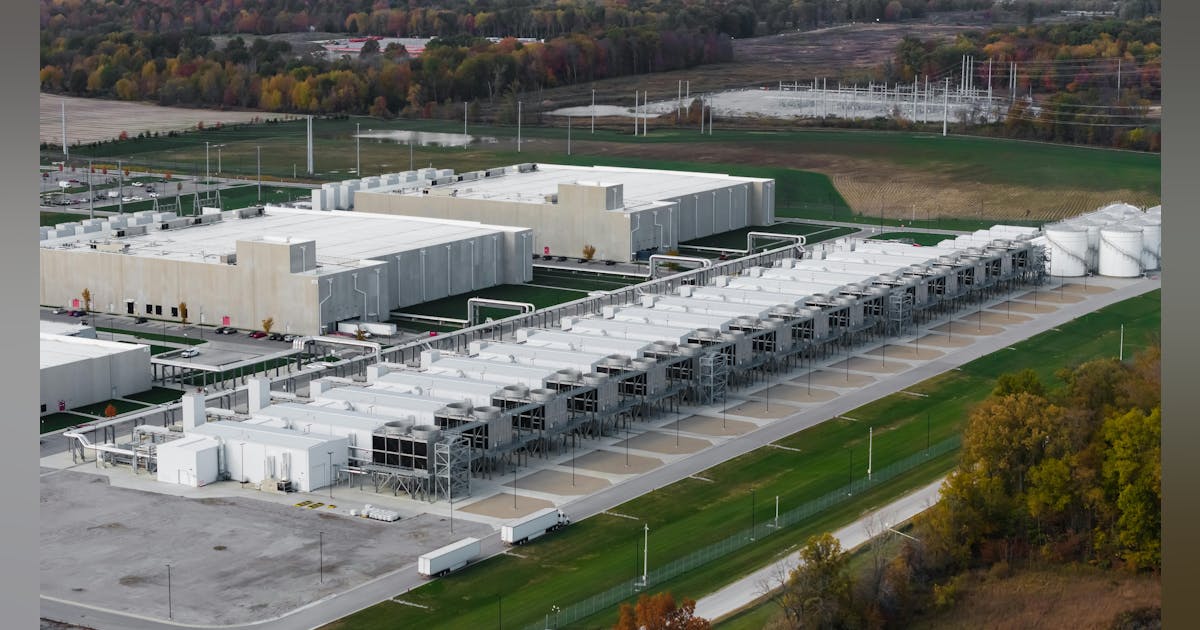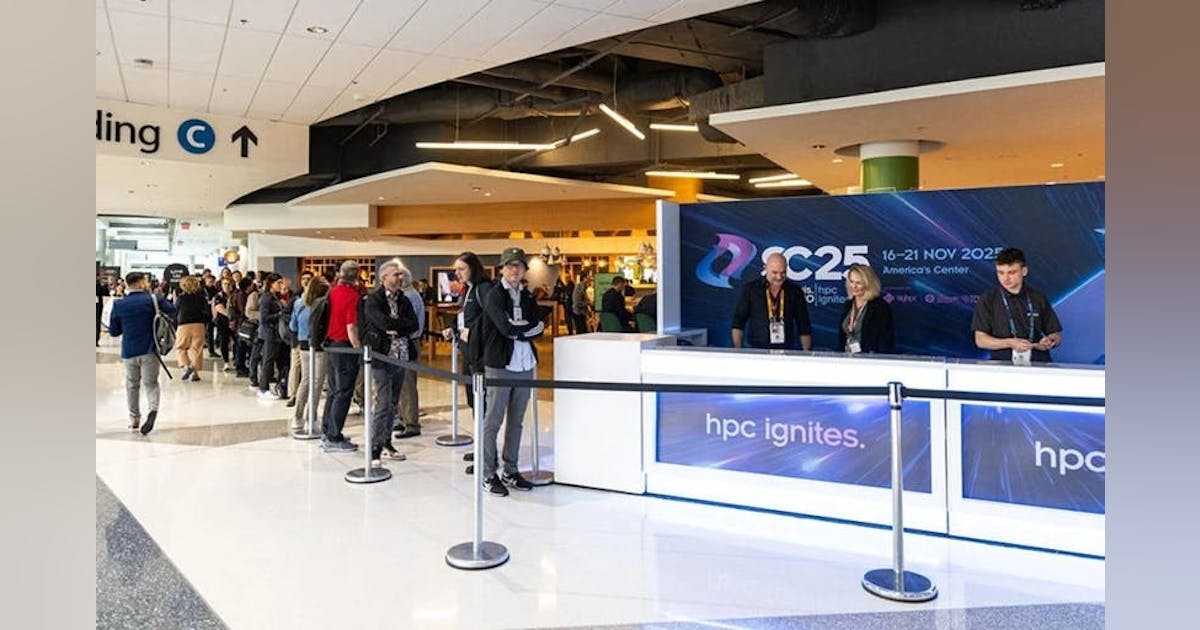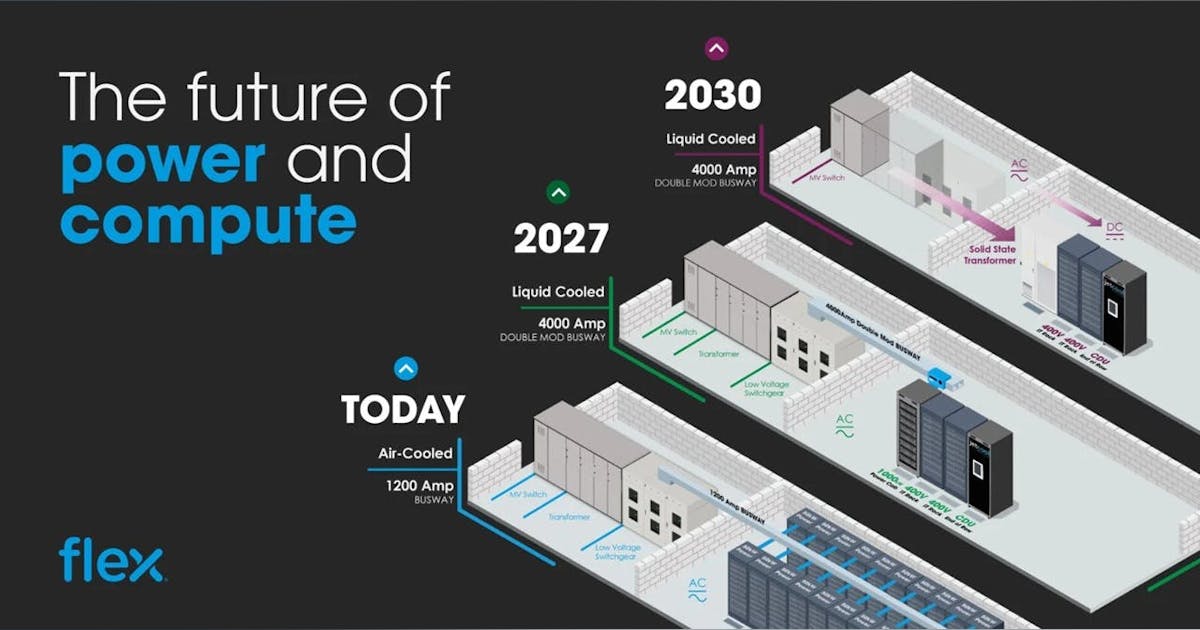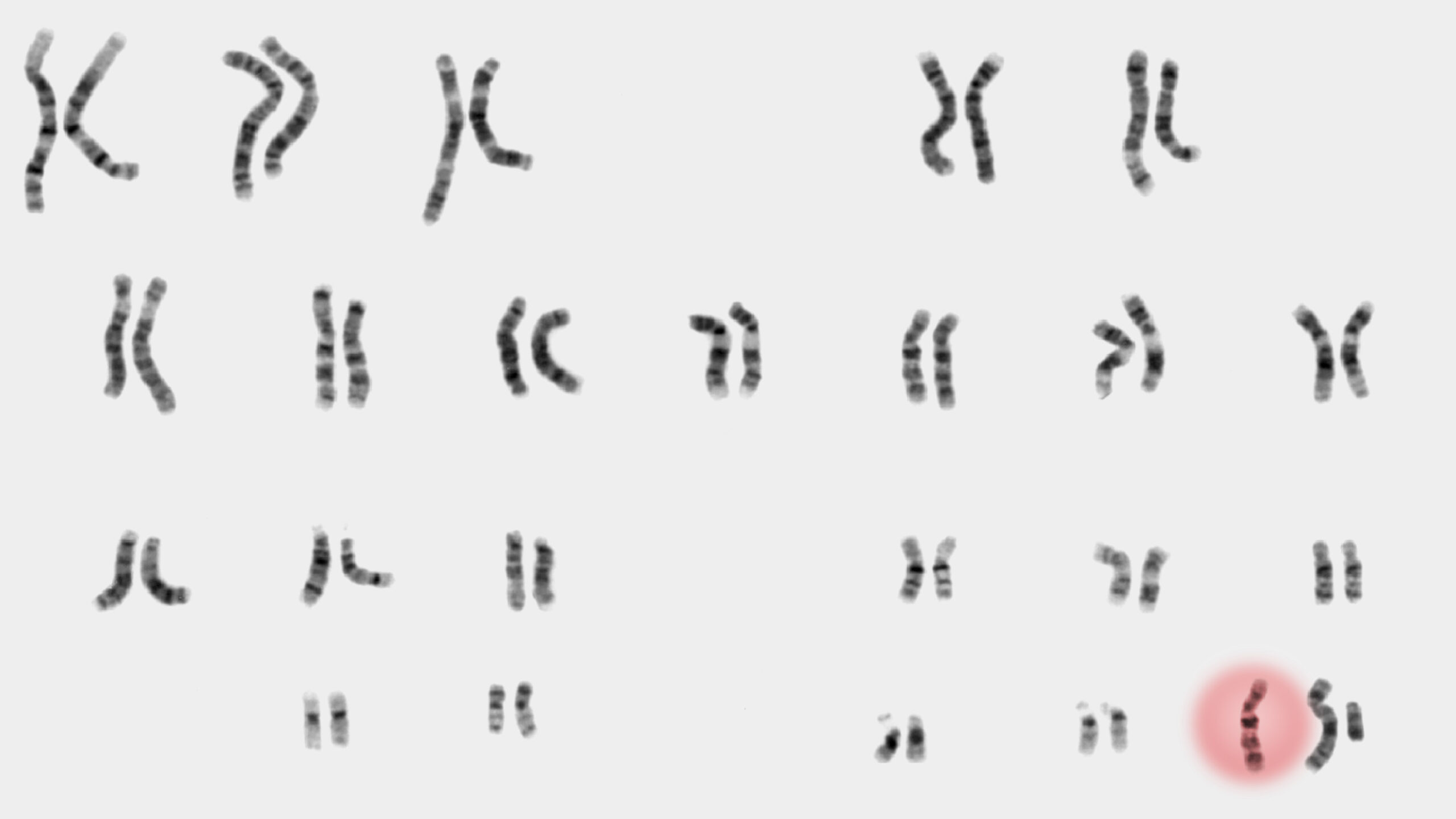
“There are very beefy workloads that you must have that performance for to run the enterprise,” he said. “The Fortune 500 mainstream enterprise customers are now … adopting Epyc faster than anyone. We’ve seen a 3x adoption this year. And what that does is drives back to the on-prem enterprise adoption, so that the hybrid multi-cloud is end-to-end on Epyc.”
One of the key focus areas for AMD’s Epyc strategy has been our ecosystem build out. It has almost 180 platforms, from racks to blades to towers to edge devices, and 3,000 solutions in the market on top of those platforms.
One of the areas where AMD pushes into the enterprise is what it calls industry or vertical workloads. “These are the workloads that drive the end business. So in semiconductors, that’s telco, it’s the network, and the goal there is to accelerate those workloads and either driving more throughput or drive faster time to market or faster time to results. And we almost double our competition in terms of faster time to results,” said McNamara.
And it’s paying off. McNamara noted that over 60% of the Fortune 100 are using AMD, and that’s growing quarterly. “We track that very, very closely,” he said. The other question is are they getting new customer acquisitions, customers with Epyc for the first time? “We’ve doubled that year on year.”
AMD didn’t just brag, it laid out a road map for the next two years, and 2026 is going to be a very busy year. That will be the year that new CPUs, both client and server, built on the Zen 6 architecture begin to appear. On the server side, that means the Venice generation of Epyc server processors.
Zen 6 processors will be built on 2 nanometer design generated by (you guessed it) TSMC. Zen 6 CPUs are expected to be socket-compatible with existing AM5 motherboards, ensuring backward compatibility for desktop user, but we’re not sure about the servers also being backwards compatible.























